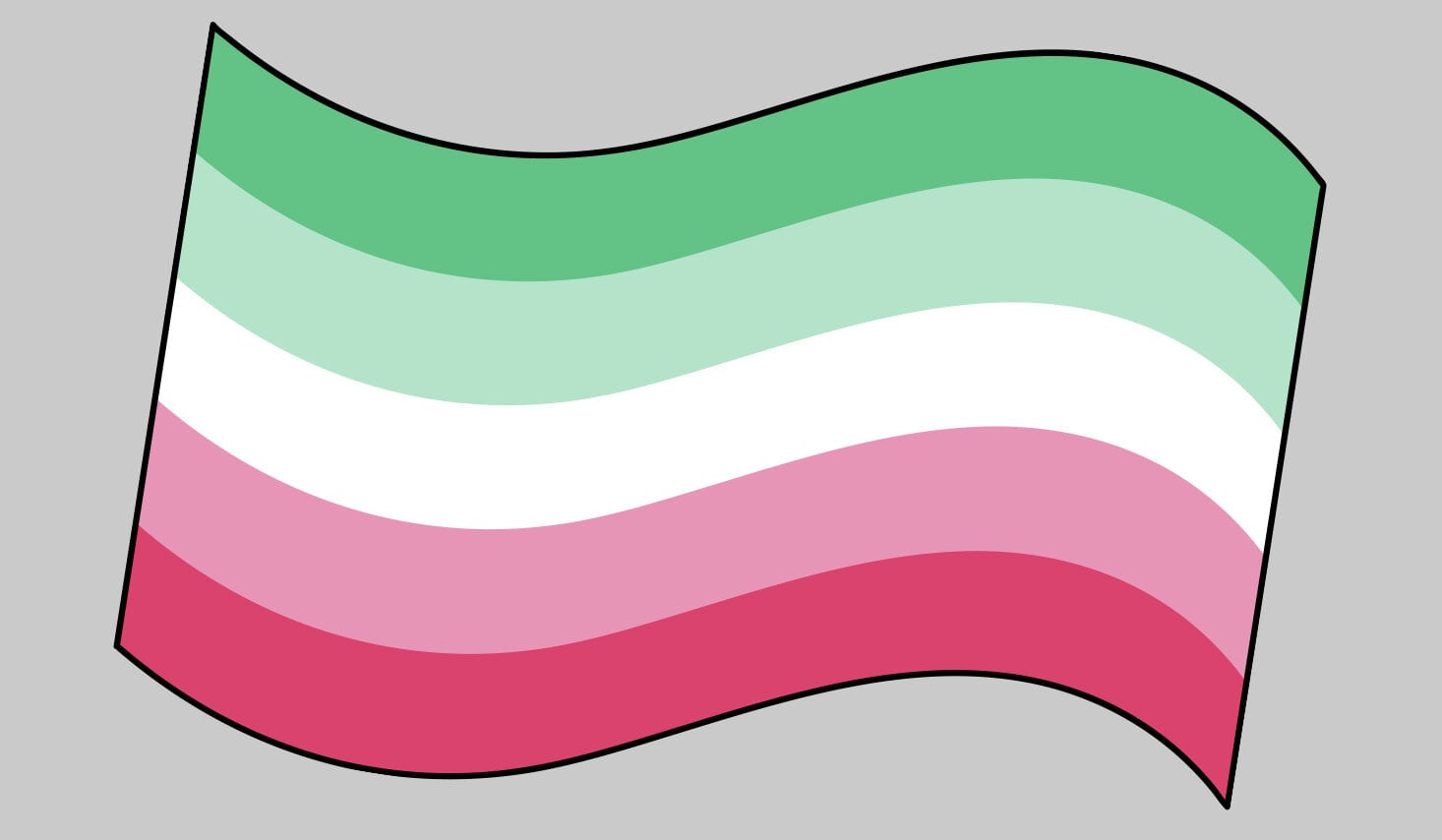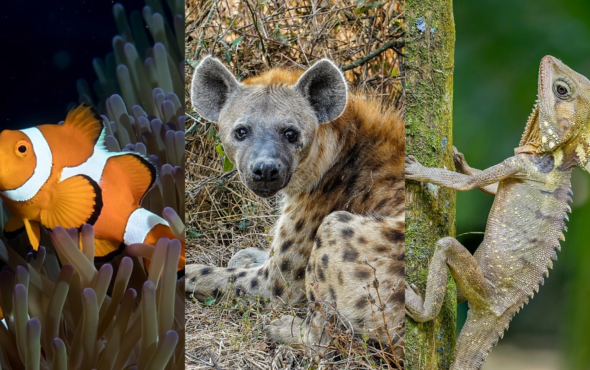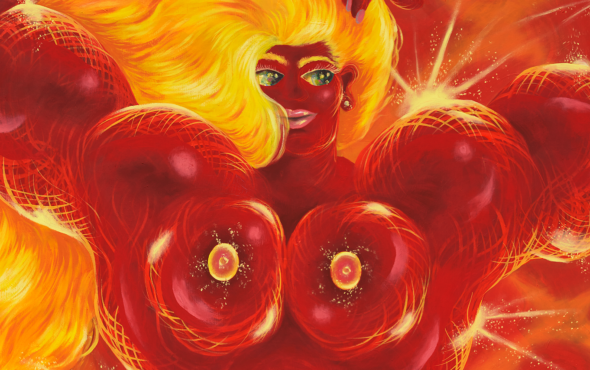
As you know, there’s a vast array of sexual orientations that an individual may identify with or feel a particular connection to.
While those who are not immersed in LGBTQ+ culture and the community will only recognise a select few due to the lack of representation in mainstream media and news – such as gay, lesbian, bisexual and transgender – more and more terms have emerged over the years to better represent the experiences and emotions of queer individuals, such as pansexual, asexual, polysexual, and demisexual, among others.
There will be some you’re aware of, whether that’s through a friend, your own experiences, or researching online, and others you might not be familiar with. Here, we break down the meaning behind abrosexuality and its (rumoured) origins, as well as its gorgeous accompanying five-stripe flag.
What does abrosexual mean?
Abrosexuality refers to an individual whose sexuality is fluid or changing. An abrosexual person may be a specific sexuality one day and another the next.
It’s important to note that it could be hours, days, weeks, months or years before an abrosexual individual identifies as another sexuality.
However, there isn’t a specific timeframe for an abrosexual person’s sexual orientation to change. It differs between each individual, as one person’s fluctuating sexuality could be erratic, while for others the timeframe may be more regular.
Some may be fluid between all or a vast number of different sexualities and for others, it might not be as many. For example, one individual may only fluctuate between gay, pansexual and asexual, while another can fluctuate between them all. Also, the intensity of the attraction or the way someone feels attraction could change, too.
What’s the difference between abrosexuality and pansexuality?
Abrosexuality should not be confused with pansexuality. Pansexuality is not limited in sexual choice with regards to sexual orientation or gender. However, abrosexual individuals may be gay for some time, asexual the next, then bisexual and pansexual afterwards. Their sexuality is always in a state of flux.
One anonymous user shared their experience of being abrosexual on Queer Undefined, a crowdsourced LGBTQ+ dictionary: “I am abrosexual so one day I could be pansexual and the next I could be demisexual or straight or anything else.
“It only effects sexual desire and not romantic desire, so I could be dating a girl but not be sexually attracted to her one day, and the next day I would, but I’d still want her romantically.”
Another wrote: “For me, sometimes I feel asexual/demisexual, other times heterosexual, other times very bisexual, and other times extremely gay. Relationship-wise it means I’m not always attracted to my partner, but I still feel romantic or at least very warm best friend feelings.
“Certain circumstances can trigger back certain attractions sometimes, but mostly it’s unpredictable. It’s not like that for all abrosexuals though! Everyone’s experiences are unique.”
Because abrosexual people can sometimes be asexual, abrosexuality can fall under the asexual spectrum. It also falls under the multisexuality umbrella, which includes people who are romantically or sexuality attracted to multiple genders.
Where does the word abrosexual come from?
The pre-fix ‘abro’ is a Greek term that means “delicate” or “graceful” and originates from the Ancient Greek word ἁβρός (habrós) or its Modern Greek descendant αβρός (avrós), which suggests flux and movement.
Abroromantic is the romantic counterpart to abrosexual, which refers to an individual whose romantic attraction is fluid or changing.

What does the abrosexual flag look like?
The most common abrosexual flag consists of five colours: dark green, light green, white, baby pink and rich pink. It is unknown why these specific colours were chosen.
Not much is known about the origins behind the abrosexual flag, but Tumblr user Mod Chad is widely referred to as its creator.
According to several online sources, Mod Chad created the flag in 2015 following a request from an anonymous Tumblr user who wanted to represent their sexuality with the “typical five color flags that fades from #46D294 to white to #EE1766.”
However, both the term and the flag are also thought to have originated in 2013 on DeviantArt, which later gained traction on Tumblr.
For those who identify as abroromantic, the flag is the same but with a heart overlaid to represent romantic attraction.



